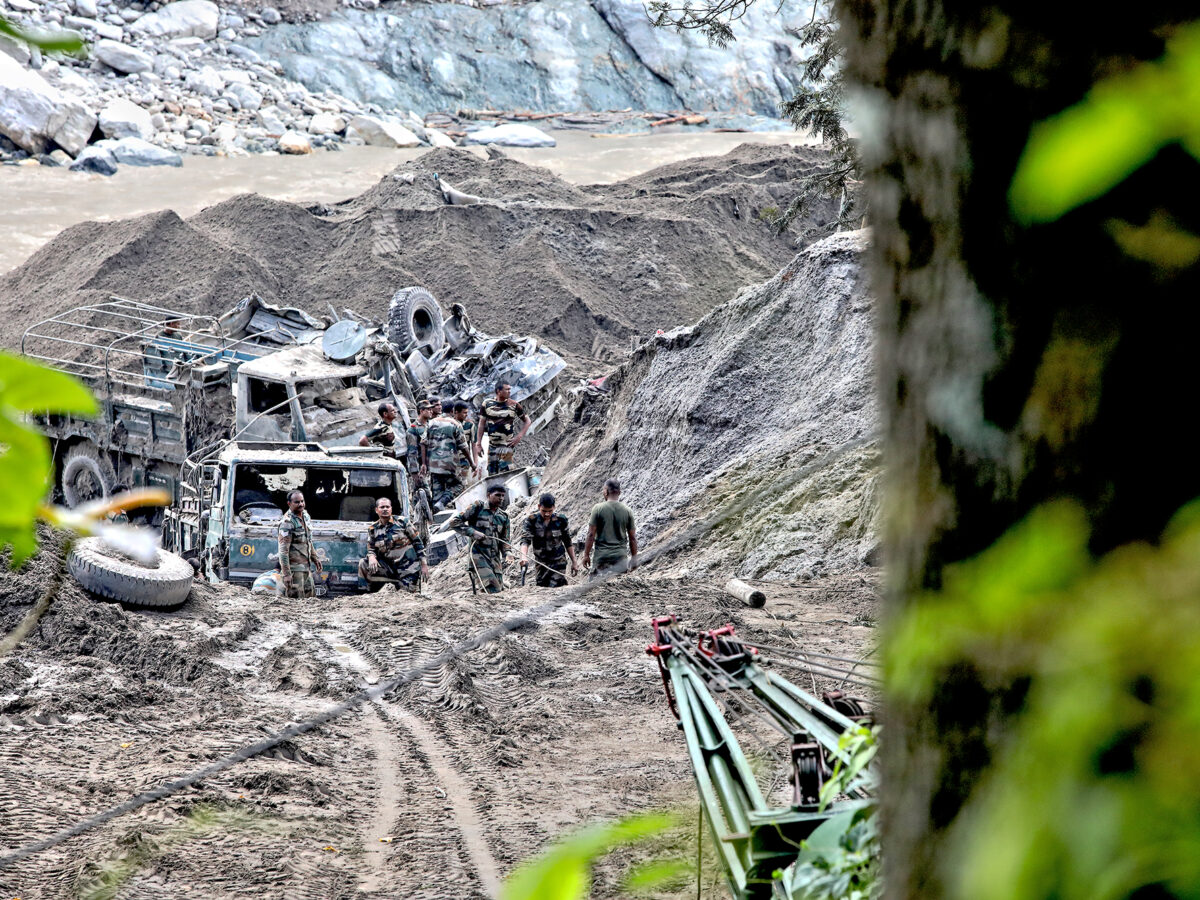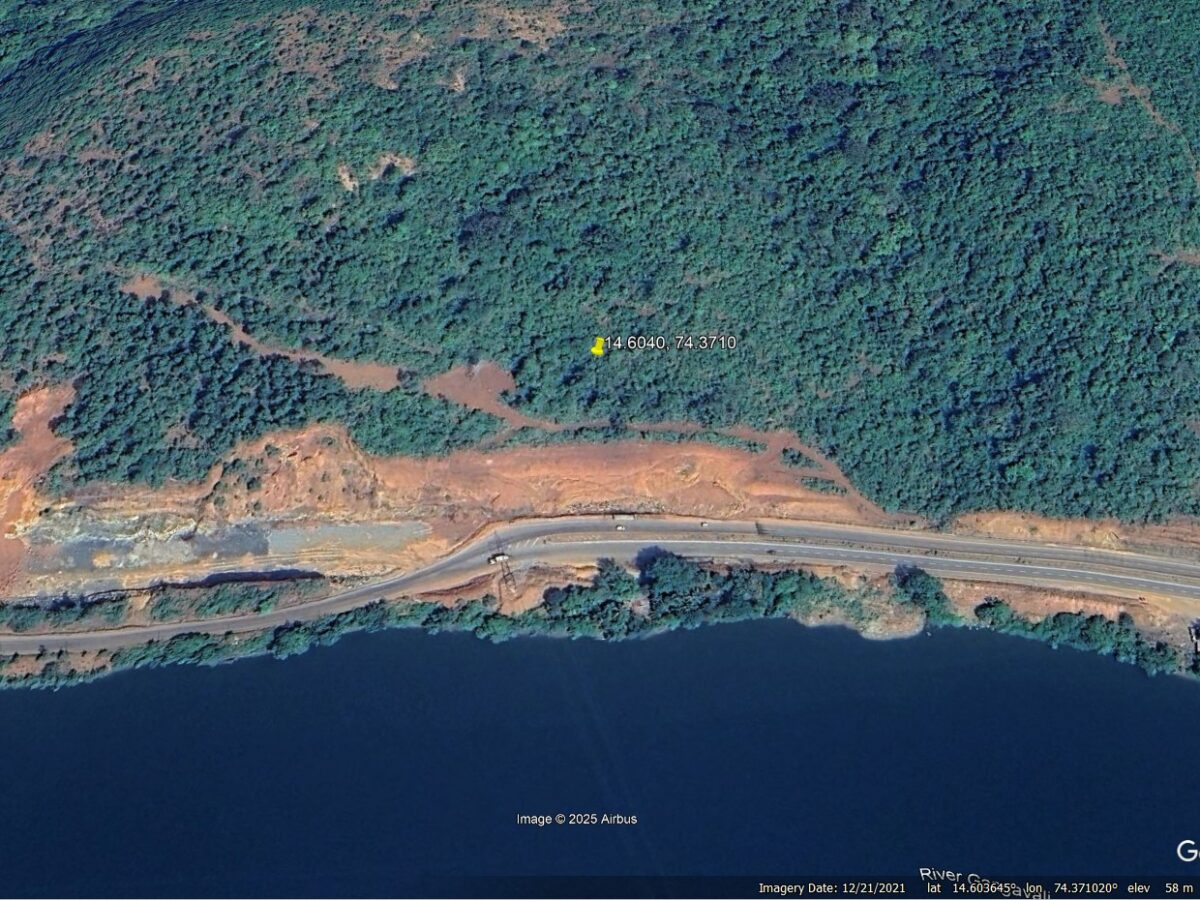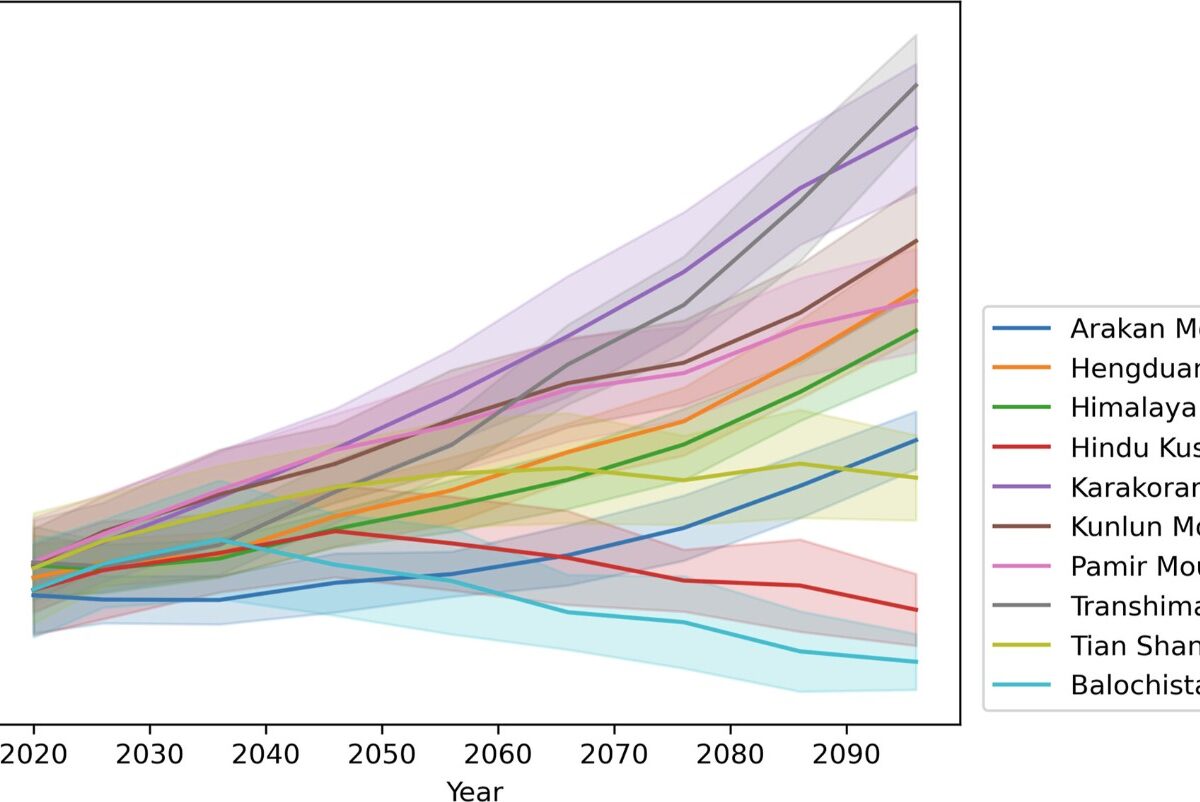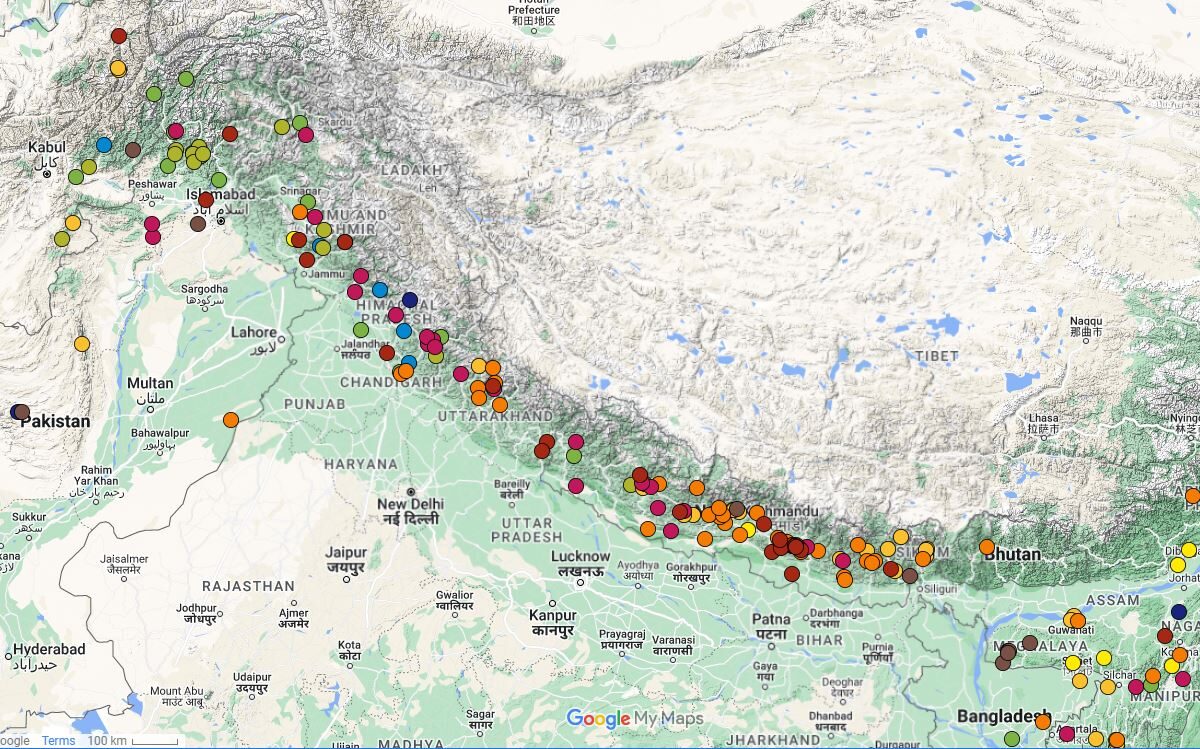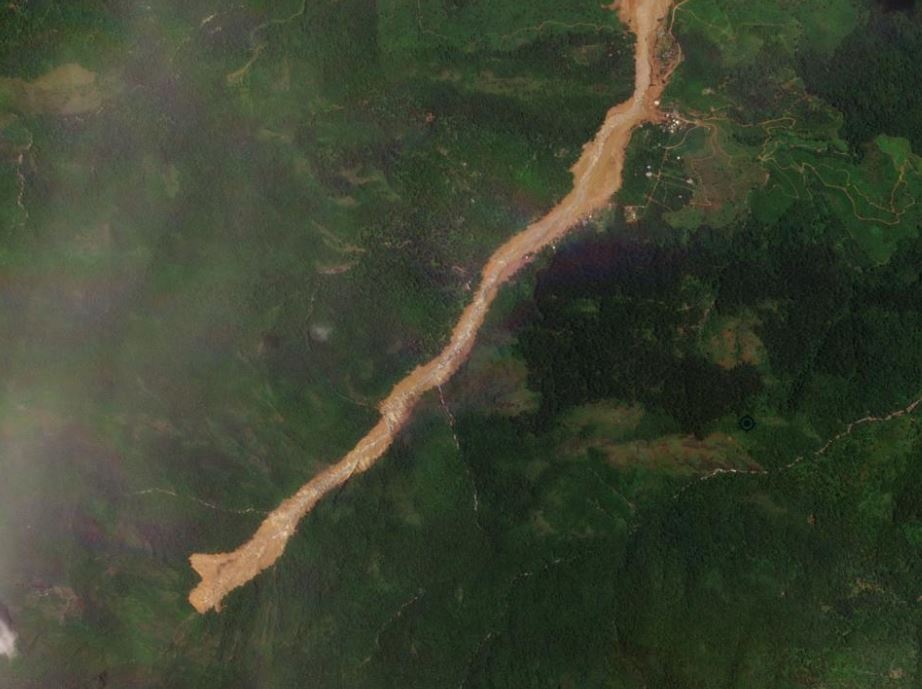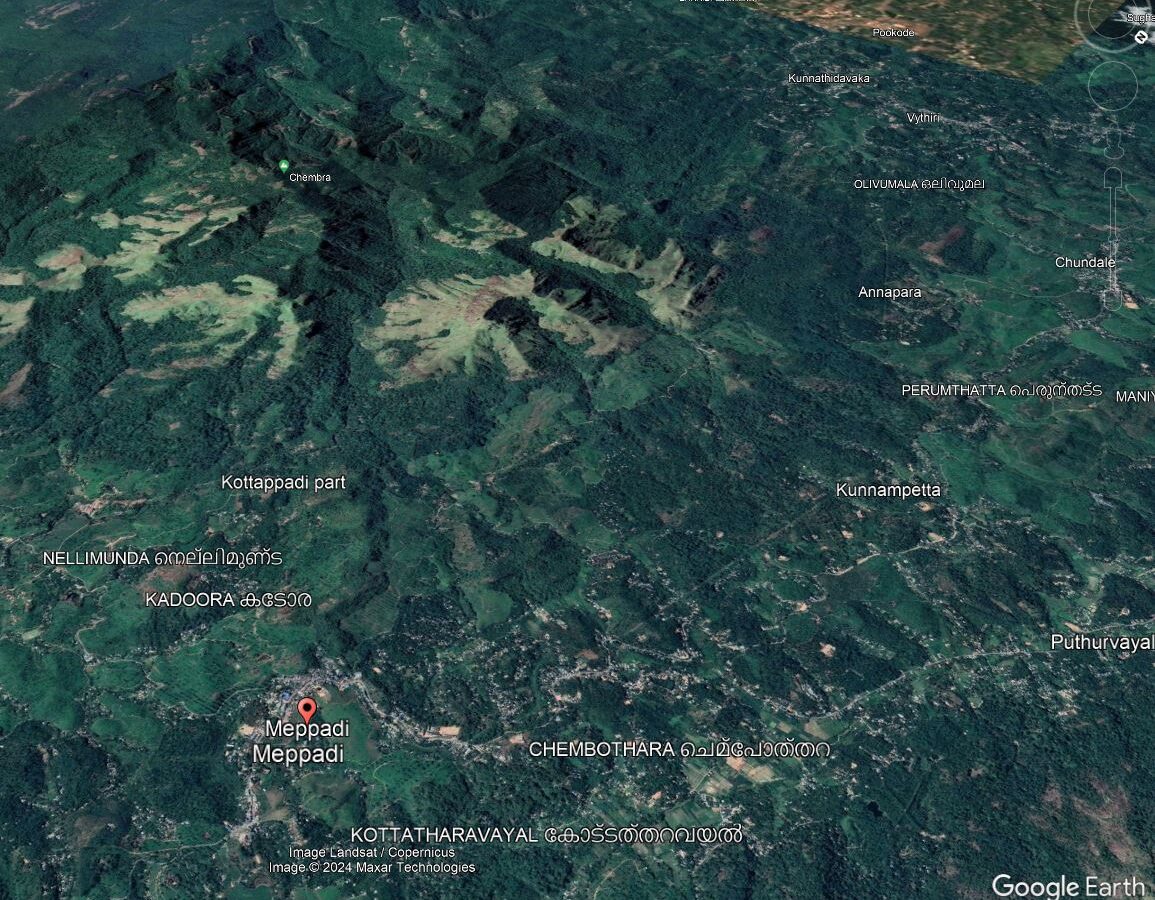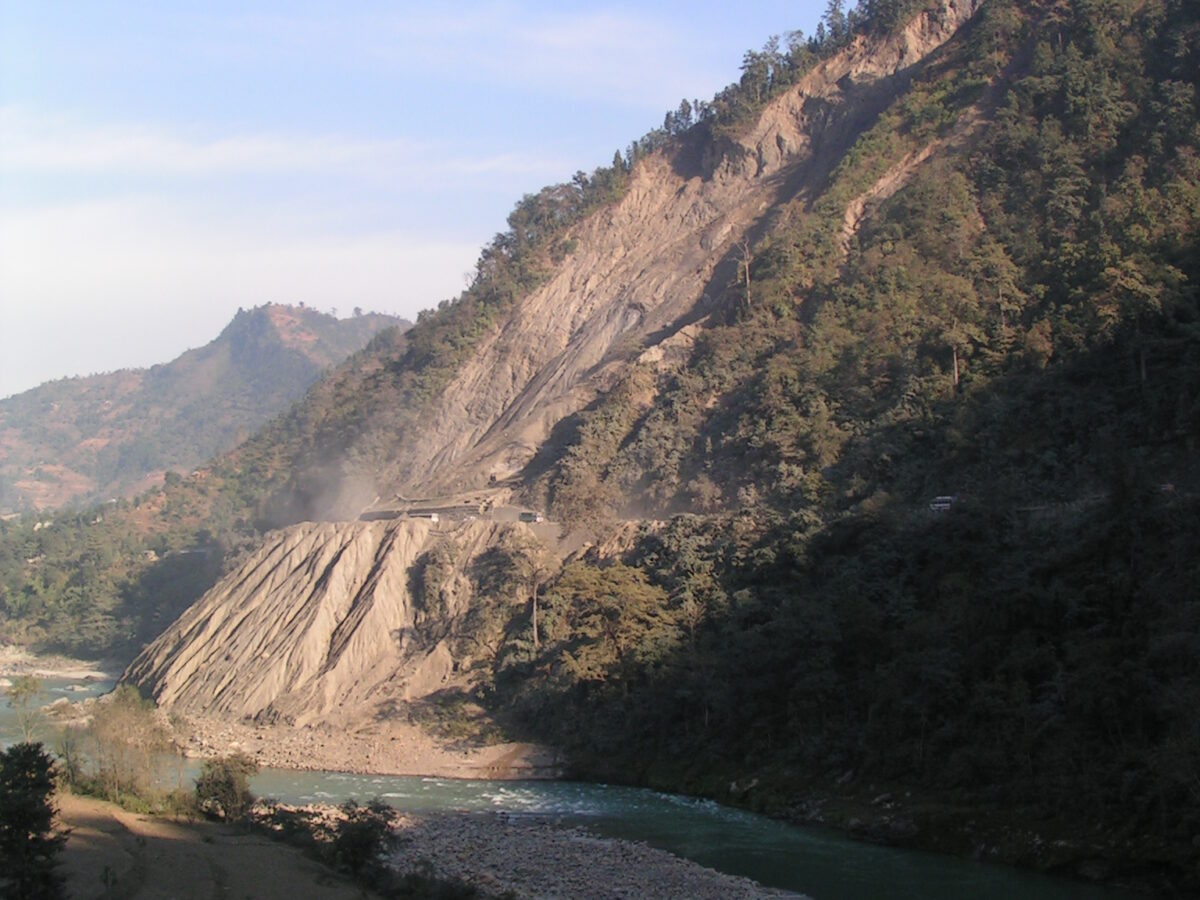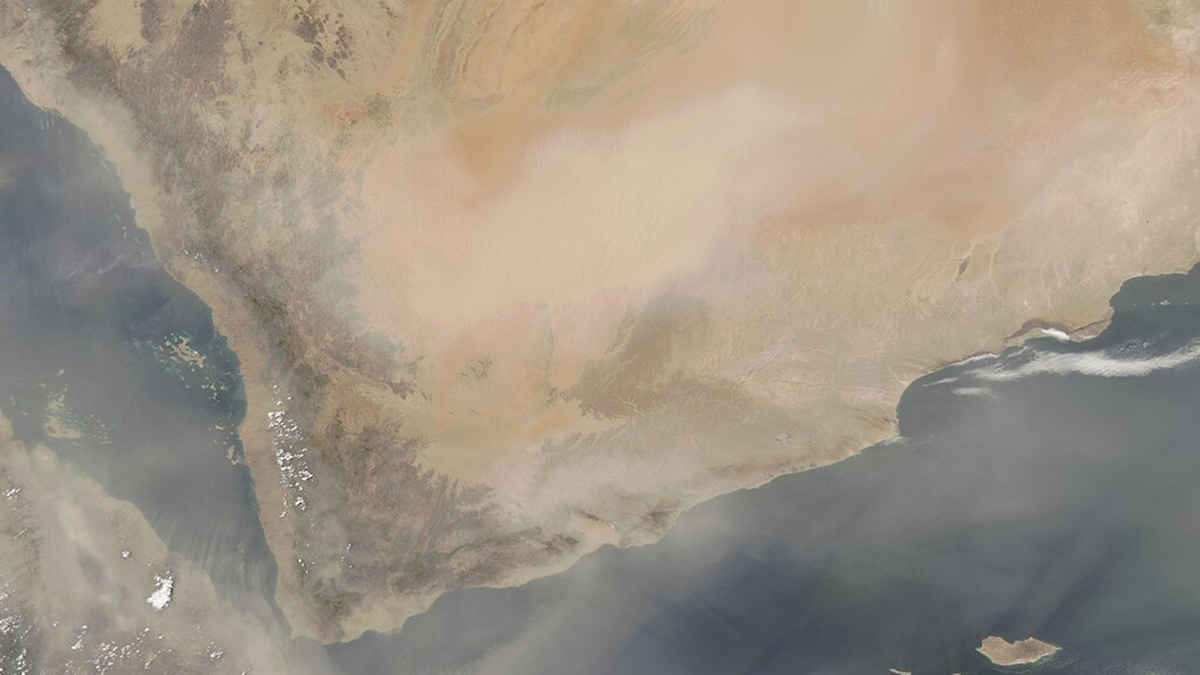Our new paper in the journal Science provides a detailed analysis of the causes and consequences of the terrible landslide-triggered Glacial lake outburst flood (GLOF) that struck northern India late in 2023. The Landslide Blog is written by Dave Petley, who is widely recognized as a world leader in the study and management of landslides. […]
Asia
The 16 July 2024 Shirur landslide in India
The Landslide Blog is written by Dave Petley, who is widely recognized as a world leader in the study and management of landslides. On 16 July 2024, the Shirur landslide occurred in Uttara Kannada district, Karnataka, India. The failure left eight people dead or missing, and disrupted a major road (National Highway 66). A useful […]
Future increases in landslide hazard across the high mountains of Asia
The Landslide Blog is written by Dave Petley, who is widely recognized as a world leader in the study and management of landslides. In terms of human losses, the mountains of Asia remain the global hotspot for landslides. Whilst earthquake-induced landslides cause occasional, very high levels of loss (e.g. the 2005 Kashmir Earthquake and the […]
The impact of the 26 to 28 September 2024 rainfall event in Kavre, Nepal
The Landslide Blog is written by Dave Petley, who is widely recognized as a world leader in the study and management of landslides. As I have noted previously, between 26 and 28 September 2024 Nepal suffered an extraordinary rainfall event that triggered thousands of landslides, killing over 200 people. The cause was a heavy rainstorm […]
2024 fatal landslides in the Himalayas
The Landslide Blog is written by Dave Petley, who is widely recognized as a world leader in the study and management of landslides. As the SW. Monsoon in South Asia withdraws, the landslide season in that part of the world is now mostly complete. This is a good point at which to reflect on the […]
The 26 to 28 September 2024 landslide disaster in Nepal
The Landslide Blog is written by Dave Petley, who is widely recognized as a world leader in the study and management of landslides. On 26 to 28 September 2024, Nepal was struck by exceptional late monsoon rainfall, inducing landslides and flooding across a wide swathe of the country. The rescue operation is still ongoing, but […]
Planet Labs imagery of the 30 July 2024 Wayanad landslides in Kerala, India
The Landslide Blog is written by Dave Petley, who is widely recognized as a world leader in the study and management of landslides. Recovery operations continue at the site of the 30 July 2024 Wayanad landslides in Kerala, SW India. The official loss of life is 231 people as of 17 August, with reports indicating […]
Early indications of a landslide disaster in Wayanad, Kerala, India
The Landslide Blog is written by Dave Petley, who is widely recognized as a world leader in the study and management of landslides. Reports are emerging from India this morning that a significant rainfall-induced landslide disaster has occurred in Wayanad in Kerala, in the southwest of the country. At the time of writing, reports are […]
Fatal landslides in Nepal in 2024 to date
The Landslide Blog is written by Dave Petley, who is widely recognized as a world leader in the study and management of landslides. As loyal readers of this blog are aware, I have long had a particular interest in landslides in Nepal. This is partly because of my long term research links to that country, […]
Dust Declines in Parts of Asia May Be Caused by the Warming Arctic
Rising Arctic temperatures have changed both wind patterns and precipitation in areas that carry dust to West and South Asia, but the change may not be permanent.

